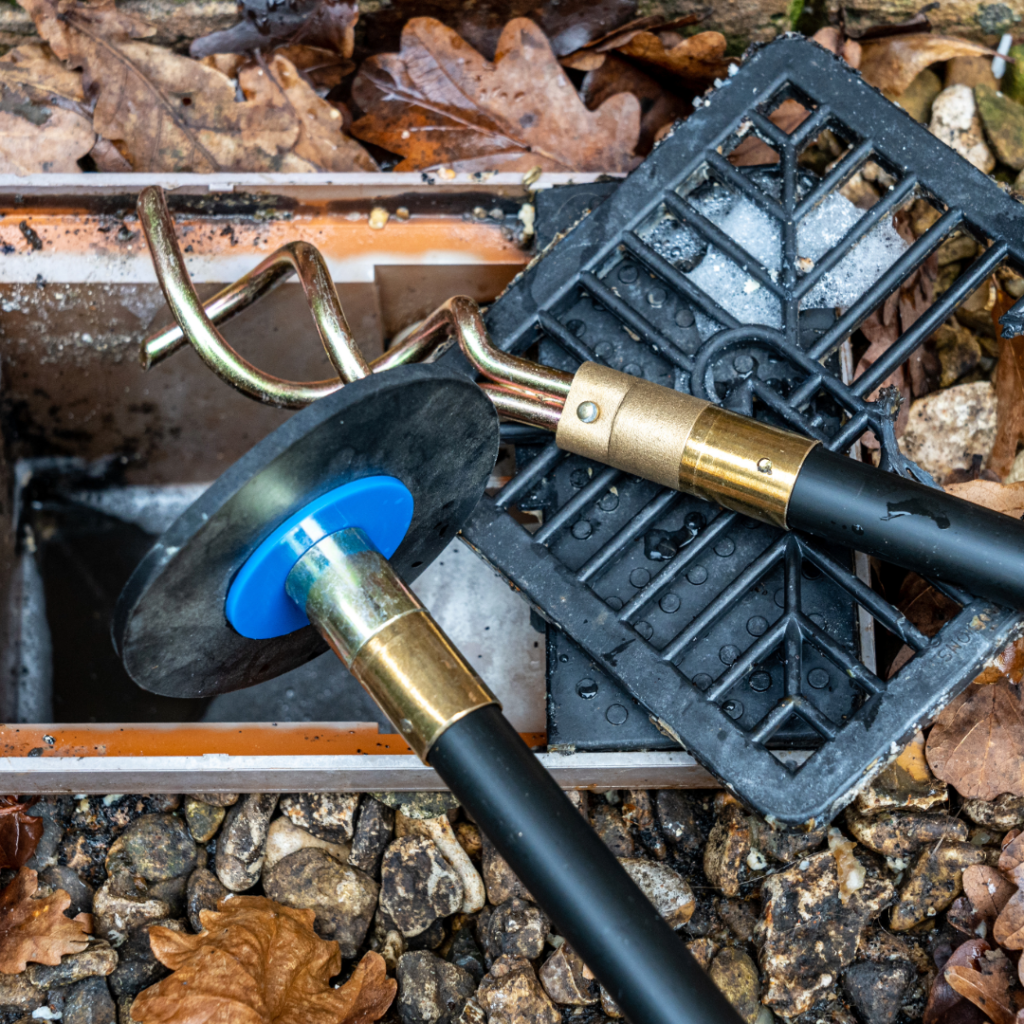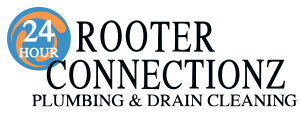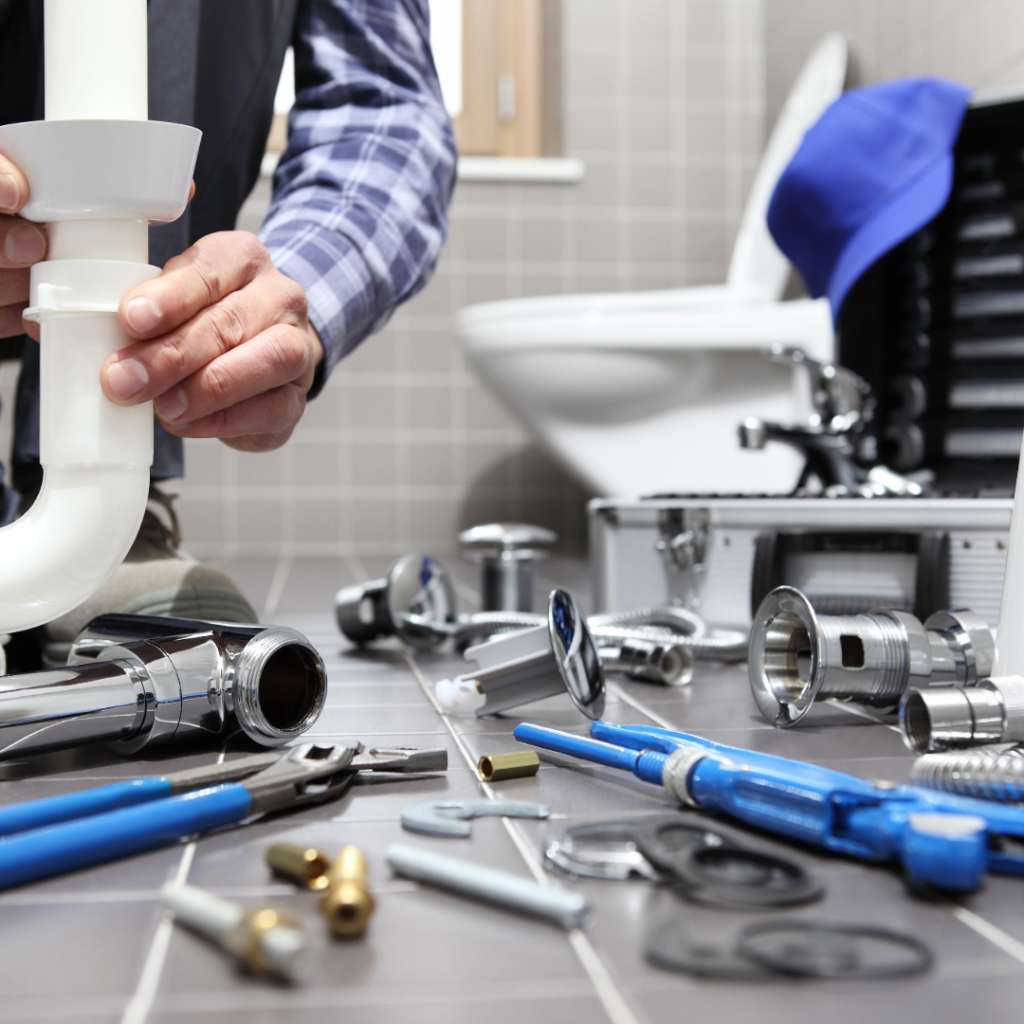
In the realm of home maintenance, plumbing and drainage cover is important. But what exactly does those terms entail? In this blog, we will explain the importance of this service and how it protects your home’s essential systems.
Plumbing: The Lifeblood of Your Home
Before delving into plumbing cover, let’s revisit the fundamentals of plumbing itself. Plumbing is a system of pipes, fixtures, and appliances that bring clean water into your home and remove wastewater. From leaky faucets to burst pipes, plumbing cover comes into play when unexpected issues arise.
Common Plumbing Issues:
- Leaks and Drips
- Burst Pipes
- Faulty Water Heaters
- Appliance Malfunctions
Drainage: Safeguarding Against the Depths
Much like plumbing, drainage plays a pivotal role in maintaining a healthy and functional home environment. Drainage systems are responsible for the effective removal of wastewater, preventing water-related damage and maintaining hygiene. Drainage cover addresses issues that may arise within this intricate system.
Common Drainage Issues:
- Clogged Drains
- Blocked Sewer Lines
- Drainage Pipe Leaks
- Root Intrusions
Plumbing and Drainage Cover: A Shield for Homeowners
Now that we’ve established the importance of plumbing and drainage, let’s explore what plumbing and drainage cover is all about:
- Emergency Repairs: Plumbing and drainage cover typically includes provisions for emergency repairs. Whether it’s a burst pipe flooding your home or a severely clogged drain causing backups, the cover ensures swift response and resolution.
- Regular Maintenance: Prevention is often more cost-effective than repair. Plumbing and drainage cover may include scheduled maintenance services to identify and address potential issues before they escalate.
- Coverage for Parts and Labor: When components of your plumbing or drainage system require replacement, a comprehensive cover includes the cost of both parts and labor. This can alleviate financial burdens associated with unexpected repairs.
- 24/7 Support: Plumbing and drainage issues don’t adhere to a schedule. With cover, you receive support 24/7. This gives you peace of mind because help is just a phone call away, even at night.
Choosing the Right Plumbing and Drainage Cover for You
Selecting the appropriate plumbing and drainage cover for your needs involves considering factors such as:
- Coverage Scope: Ensure that the cover includes both plumbing and drainage systems comprehensively.
- Emergency Response Time: Evaluate the responsiveness of the service provider during emergencies.
- Exclusions and Limitations: Understand any limitations or exclusions within the cover to avoid surprises during claims.
- Local Service Providers: Opt for cover that connects you with local professionals who understand the unique needs of your area.
Conclusion: A Safeguard for Your Home’s Vital Systems
Plumbing and drainage are important for homeowners, providing protection and peace of mind. Knowing the basics of this service allows you to make smart choices for your home.
This will help keep your home comfortable and functional. It will also protect your home from unexpected plumbing and drainage problems. Reach out and contact us today!


